In a world where fashion and wellness often top our priorities, it’s easy to forget that nature’s spectacle can sometimes steal the spotlight. Supervolcanoes are one such natural wonder—both fascinating and fearsome. While they’re dormant most of the time, their potential to plunge the world into darkness is a reminder that some forces are beyond our control. Whether you’re a geology buff or just curious about what lies beneath, these geological marvels are worth knowing. So let’s dive into the realm of supervolcanoes and uncover the ones that could rewrite our history books.
1. Yellowstone Caldera, USA
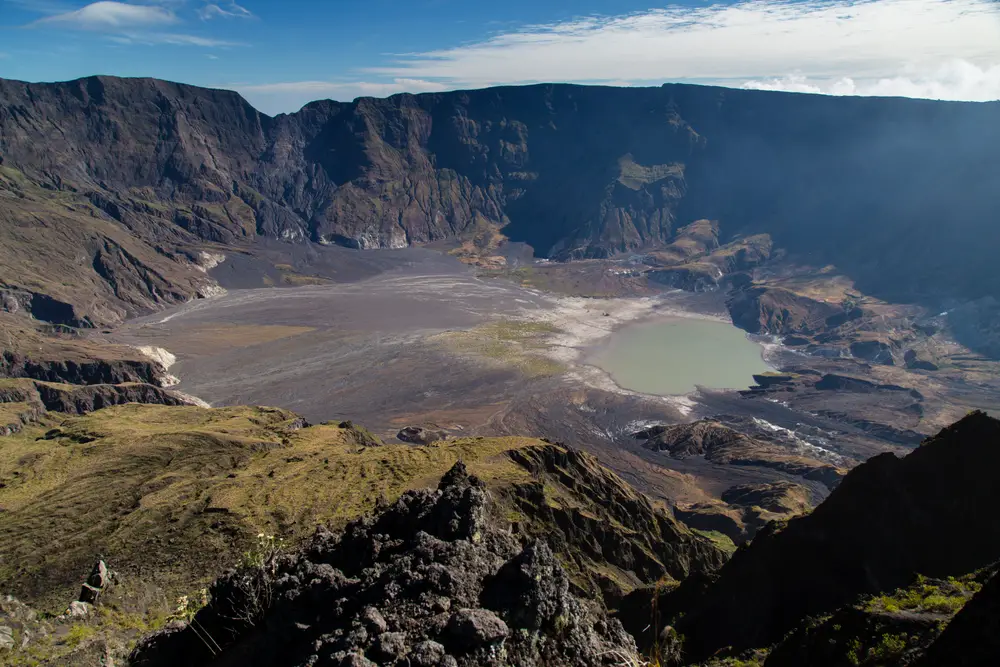
Yellowstone National Park might remind you of serene landscapes and geysers, but underneath lies a powerhouse. The Yellowstone Caldera is as massive as it is mysterious, stretching across three states. Its last major eruption was over 640,000 years ago, but it continues to intrigue scientists with its geothermal activity. According to the U.S. Geological Survey, even a small eruption could cause significant climate changes. While unlikely to erupt soon, its presence is a humbling reminder of nature’s raw power.
Beyond its volcanic intrigue, Yellowstone is also a testament to Earth’s beauty. A visit promises stunning landscapes that speak to your soul. The park’s geysers and hot springs are like nature’s own spa, offering a kind of tranquility that’s hard to find elsewhere. While the potential for eruption exists, it’s the day-to-day splendor that keeps people returning. So, enjoy the park, but keep an eye on those geological updates.
2. Aira Caldera, Japan
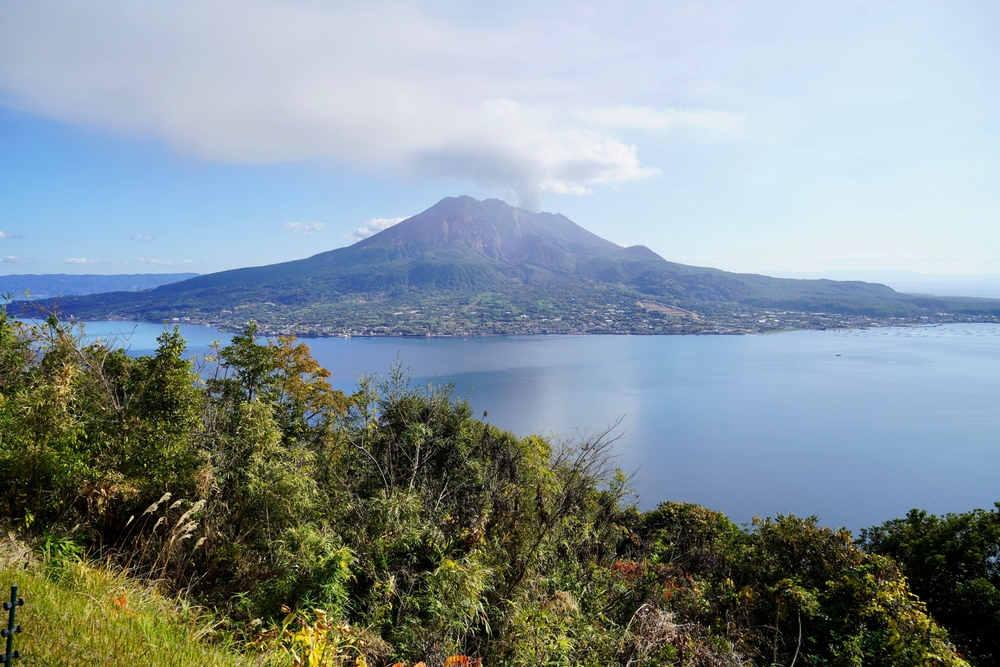
Japan’s Aira Caldera is nestled in the Kagoshima Prefecture, and it’s as vibrant as the culture surrounding it. Known for its frequent and sometimes dramatic eruptions, Aira is a testament to Japan’s volcanic activity. Underneath its serene landscapes lies a fiery cauldron of molten rock, constantly reminding you of Earth’s dynamic nature. Its eruptions over the years have shaped the local landscape, giving it a unique beauty. Though it’s a natural spectacle, you can’t ignore the sense of unpredictability that comes with it.
Travelers to the area often marvel at the juxtaposition of natural beauty and potential danger. The caldera’s activity has influenced local customs and even cuisine, with volcanic soil enriching the agricultural produce. Exploring the region is a sensory experience, from tasting local delicacies to soaking in hot springs. While the caldera’s presence is undeniable, life continues to thrive around it. It’s a place where tradition and geology coexist in harmony.
3. Campi Flegrei, Italy
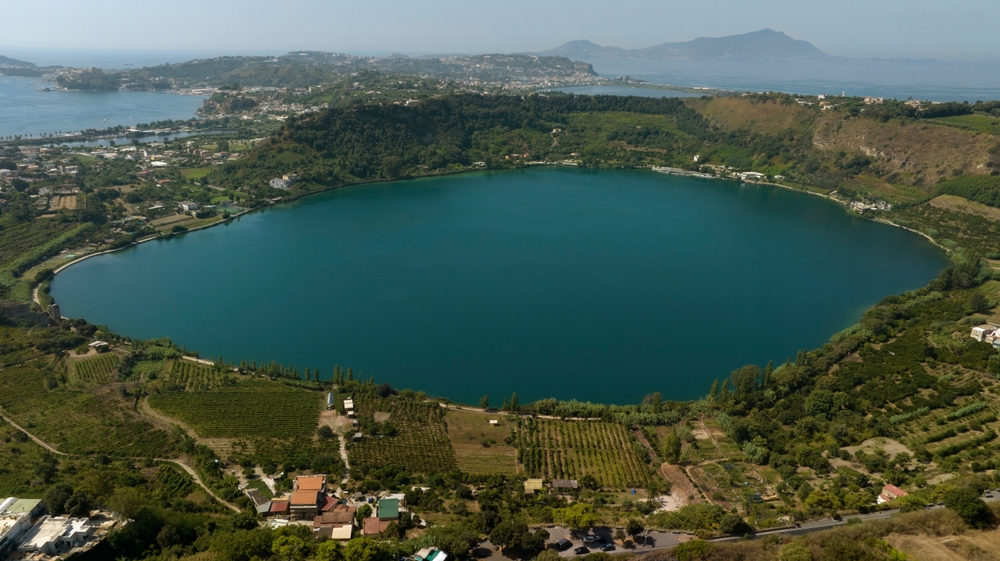
Just a stone’s throw from Naples, Campi Flegrei is not your typical tourist destination. It’s a sprawling caldera that’s as intriguing as it is under-the-radar. Known for its explosive past, this supervolcano could potentially impact Europe and beyond. According to a study published in the journal Nature Communications, ongoing monitoring indicates that it remains restless. However, despite its volatile nature, it doesn’t overshadow Italy’s reputation for stunning landscapes and rich culture.
While the potential for an eruption is daunting, Campi Flegrei offers a different kind of allure. The region is dotted with archaeological sites and thermal spas that speak volumes of its historical and geological significance. Walking its grounds, you can almost feel the pulse of the Earth beneath your feet. For those seeking an off-the-beaten-path experience, this caldera offers both adventure and awe. It’s a reminder of nature’s unpredictability, set against the backdrop of Italy’s timeless charm.
4. Taupo Volcanic Zone, New Zealand
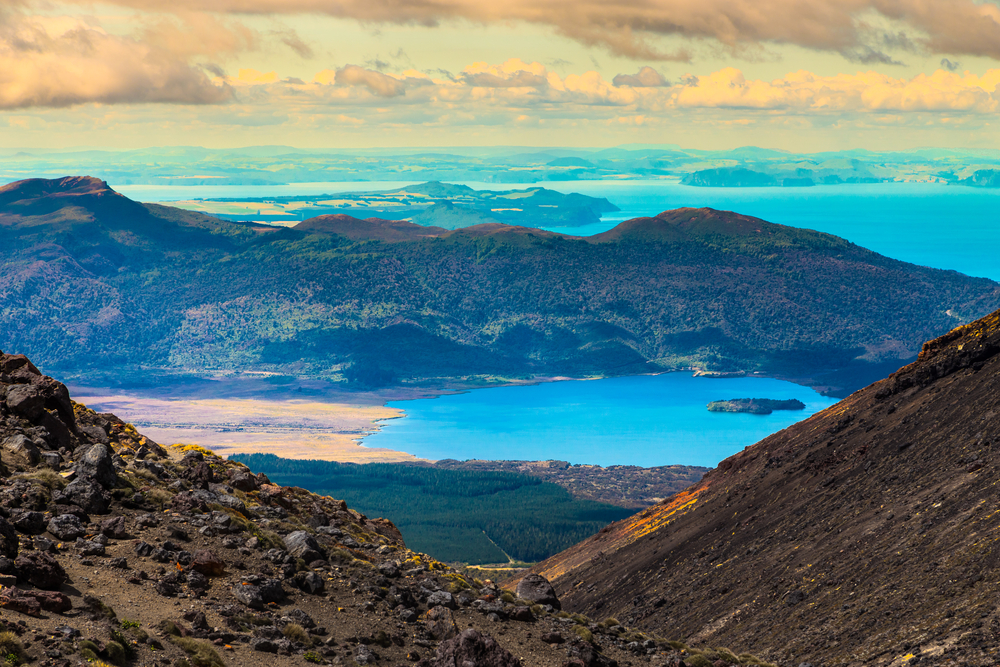
New Zealand’s Taupo Volcanic Zone is as captivating as the country’s dramatic landscapes. Known for its breathtaking beauty, it spans both the North and South Islands. The zone is a geothermal wonderland, with geysers, hot springs, and volcanic craters that make it a magnet for nature lovers. But don’t let the beauty distract you from its potential for volcanic activity. It’s a place that keeps you on your toes, in the best way possible.
The Taupo Volcanic Zone is steeped in Maori legend, adding a rich cultural layer to its geological significance. As you explore, you can’t help but feel a sense of connection to the land’s ancient stories. Besides its allure for tourists, it’s a vital part of New Zealand’s ecosystem and energy production. Geothermal energy from the zone powers homes and businesses, proving that beauty and utility can coexist. It’s a perfect blend of nature’s power and human ingenuity.
5. Toba Caldera, Indonesia
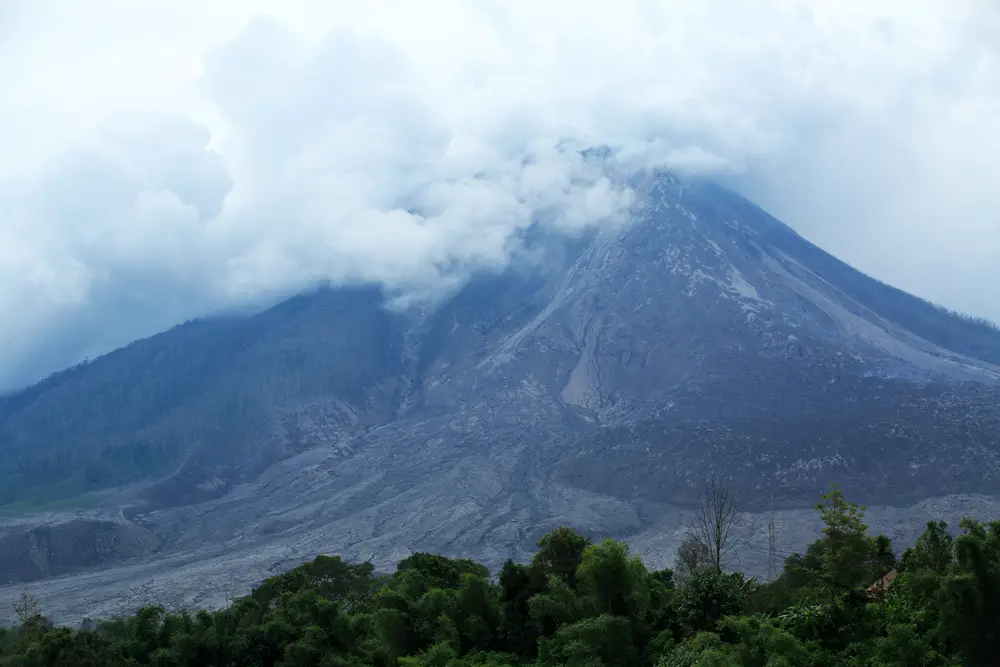
Toba Caldera in Indonesia is as vast as it is significant. Formed by one of the largest known eruptions, it’s a sleeping giant that commands respect. The caldera is now a tranquil lake that belies its explosive past. According to a report by the Geological Society of London, the last eruption was about 74,000 years ago and had global climatic impact. Despite its potential for future activity, Toba is a serene escape for those seeking peace alongside adventure.
Visitors to Toba are often captivated by the landscape’s dramatic beauty. The lake at its center is the largest volcanic lake in the world, offering a peaceful retreat from the hustle and bustle. Surrounding it, lush greenery and rolling hills provide a picturesque setting for exploration. It’s become a hub for ecotourism, drawing those who wish to connect with nature. While its volcanic history is undeniable, Toba today is more about rejuvenation than destruction.
6. Long Valley Caldera, USA
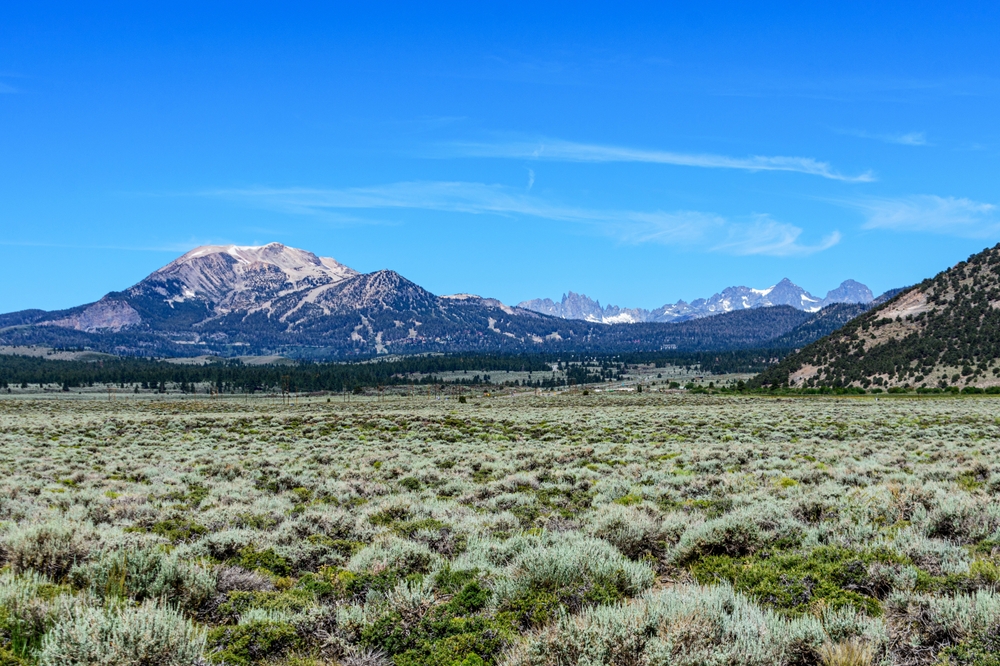
Located in eastern California, Long Valley Caldera is a geological marvel often overshadowed by its neighbor, Yosemite. This enormous depression is the result of a catastrophic eruption that occurred about 760,000 years ago. Like many supervolcanoes, it remains a topic of interest for geologists who monitor its geothermal activity. Despite its ominous history, the region is a paradise for outdoor enthusiasts. From hiking to hot springs, it offers a plethora of activities for those eager to explore.
The Long Valley Caldera is a unique intersection of past and present. While the caldera itself is ancient, the surrounding area is alive with activity. Visitors can engage with the landscape through various activities, from fishing in the nearby streams to skiing in the winter months. Its geological features, such as fumaroles and boiling springs, serve as a stark reminder of its volcanic nature. Yet, it’s this blend of beauty and potential danger that makes it so captivating.
7. Mount Tambora, Indonesia
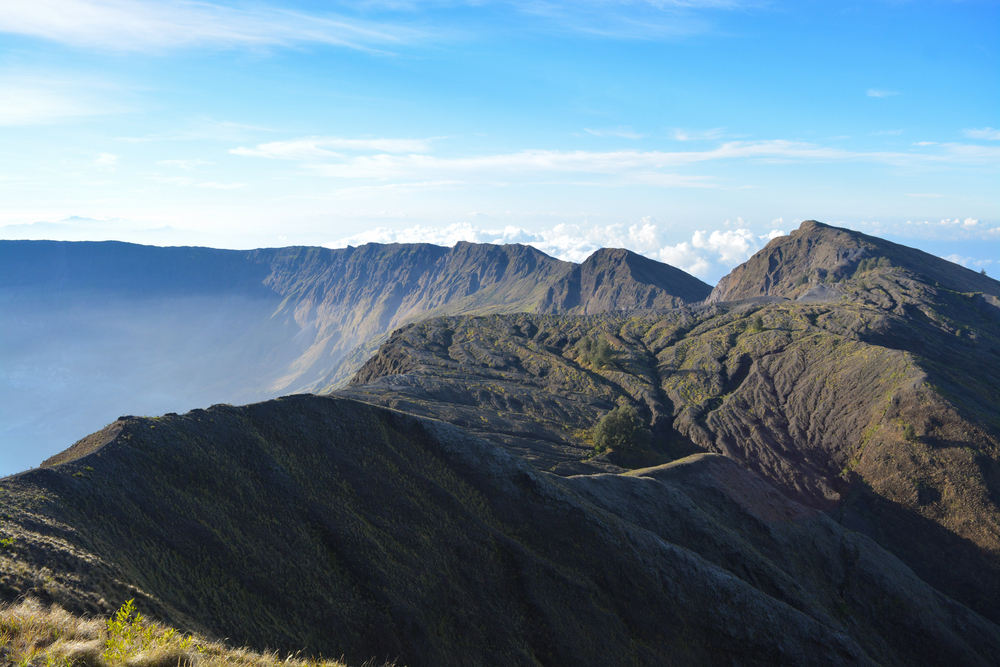
Mount Tambora might not be as famous as Krakatoa, but its eruption in 1815 was one of the most powerful in recorded history. This Indonesian volcano altered global climate, leading to what was known as the “Year Without a Summer.” According to Smithsonian Magazine, it caused widespread crop failures and food shortages across the Northern Hemisphere. Today, Tambora remains active, a reminder of its past and potential future impact. Despite its turbulent history, life around Tambora is vibrant and thriving.
Tambora’s eruption left a legacy that extends beyond geology; it reshaped communities and altered historical trajectories. The area surrounding the volcano is now a national park, drawing visitors to its crater and lush landscapes. Trekking to Tambora’s peak offers breathtaking views and a sense of accomplishment. While it’s a testament to nature’s power, it also demonstrates resilience and renewal. The communities around Tambora have rebuilt, embracing the land’s fertile promise.
8. Lake Toba, Indonesia
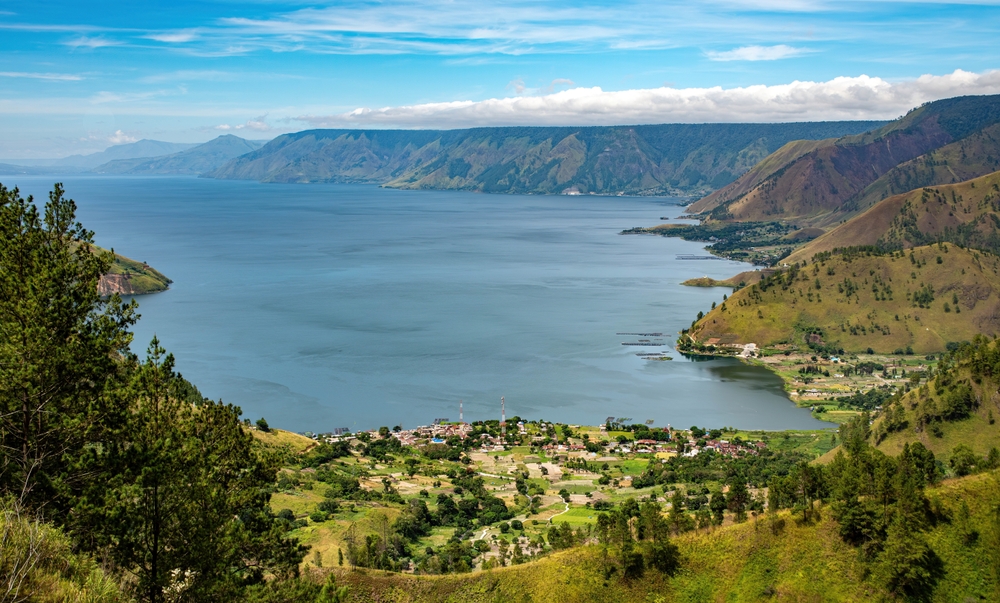
Lake Toba, not to be confused with Toba Caldera, is another Indonesian marvel with a volcanic past. This massive lake fills the caldera left by a supervolcanic eruption that occurred around 74,000 years ago. Its serene appearance today belies the explosive history that shaped it. The lake is central to the Batak culture, with numerous villages dotting its shores. It’s a place where tradition thrives alongside natural beauty.
Exploring Lake Toba is a journey through both time and culture. The local Batak people offer a rich cultural experience, with traditional music and crafts. The landscape is dotted with lush islands, perfect for day trips and relaxation. While the lake’s origins are rooted in destruction, its current state is one of peace and prosperity. It’s a reminder of how landscapes and communities can transform over time.
9. Valles Caldera, USA
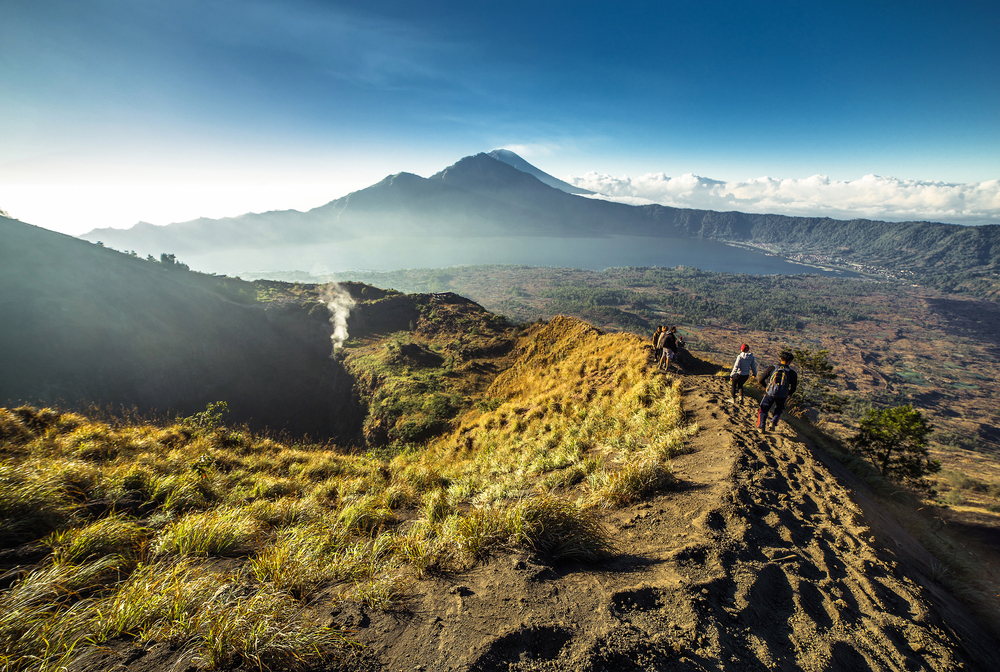
Tucked away in New Mexico, Valles Caldera is a hidden gem in the Jemez Mountains. Known for its wide open meadows and diverse wildlife, it’s a paradise for nature lovers. The caldera was formed about 1.25 million years ago and has been relatively quiet since. It’s a place where you can enjoy scenic hikes, wildlife watching, and even a bit of history. Though its volcanic origins are ancient, the allure of Valles Caldera is timeless.
Visiting Valles Caldera feels like stepping into another world. The vast meadows are home to elk and other wildlife, offering a tranquil backdrop for outdoor activities. The area’s geothermal features are subtle but add to its mysterious charm. With miles of trails, it’s a hiker’s paradise, providing plenty of opportunities for adventure. Despite its serene appearance, Valles Caldera is a reminder of the powerful forces that shaped our planet.
10. Okavango Delta, Botswana
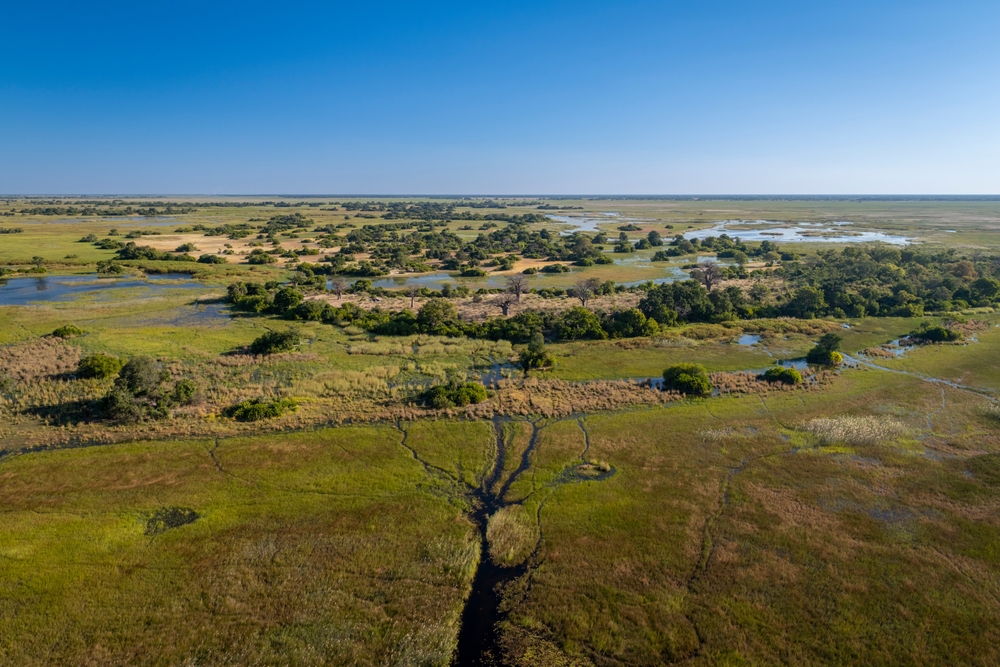
While not a supervolcano, the Okavango Delta is a geological wonder that deserves mention. Formed by tectonic shifts, this unique ecosystem is a haven for wildlife and biodiversity. The delta’s floodwaters sustain an abundance of life, creating a stunning contrast to the arid surrounding desert. Its lush beauty is a stark reminder of Earth’s capacity for regeneration and balance. While it might not pose volcanic threats, it’s a testament to nature’s ability to awe and inspire.
The Okavango Delta is an oasis that draws explorers and wildlife enthusiasts from around the world. Its rich ecosystem supports a variety of species, from elephants to hippos, offering unforgettable safari experiences. The landscape shifts with the seasons, creating a dynamic and ever-changing environment. Whether by foot, boat, or air, exploring the delta is a unique journey into the heart of nature. It’s a place where you can witness the delicate balance of life, untouched by volcanic drama.
11. La Garita Caldera, USA
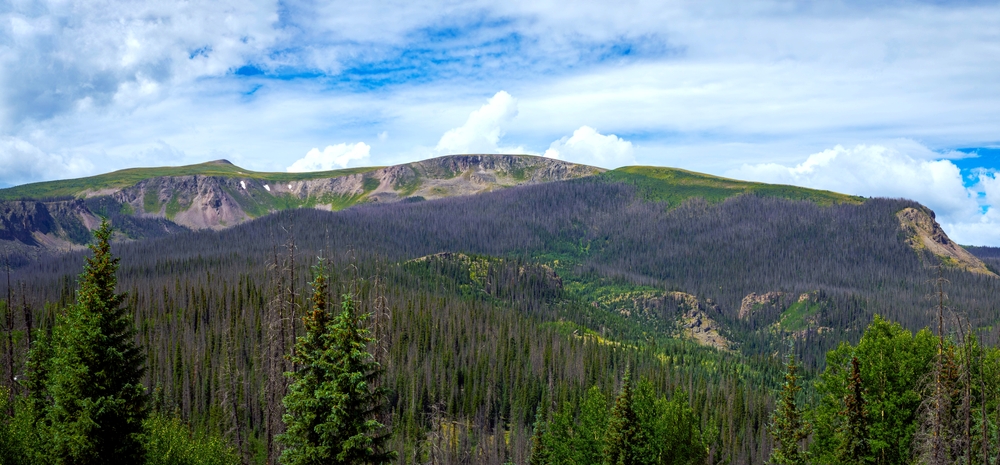
La Garita Caldera in Colorado is one of the largest known volcanic eruptions, yet it’s barely on the radar. Formed around 28 million years ago, it’s a prime example of how nature’s most powerful events often go unnoticed. Today, the area is a serene landscape of forests and mountains, far removed from its volatile past. It’s a reminder of Earth’s dynamic history and the forces that continue to shape it. While the caldera itself is dormant, its story is etched in the rocks and terrain.
Exploring La Garita offers a quiet escape into nature’s grandeur. The region is a haven for hikers and outdoor enthusiasts, with trails that wind through breathtaking scenery. The caldera’s history adds a layer of intrigue to the landscape, inviting exploration and discovery. Despite its past, the area is now peaceful and welcoming, offering a stark contrast to its explosive origins. It’s a place where you can reconnect with nature and ponder the mysteries of the Earth.
12. Mount Aso, Japan
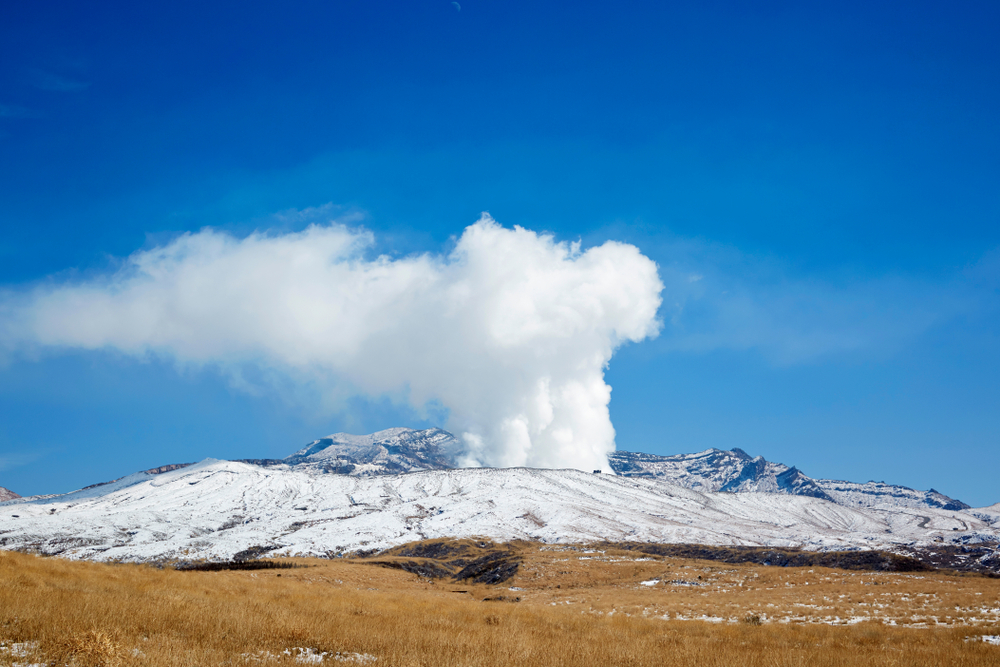
Mount Aso in Japan is one of the world’s largest volcanic calderas, and it’s very much alive. Nestled in the Kumamoto Prefecture, it’s a place where ancient geology meets modern-day adventure. The caldera’s active status means it’s closely monitored, but it also offers unique opportunities for exploration. From hot springs to scenic vistas, Mount Aso is a testament to the balance of beauty and power. It’s a destination that captivates the senses and inspires the spirit.
Visitors to Mount Aso are treated to a spectacle of nature’s raw beauty. The caldera and its five volcanic peaks offer stunning views and hiking opportunities. Local hot springs provide relaxation, tapping into the geothermal heat below. While the threat of eruption is always present, life around Mount Aso is vibrant and thriving. It’s a place where nature’s might and human presence coexist in harmony.
13. Santorini Caldera, Greece
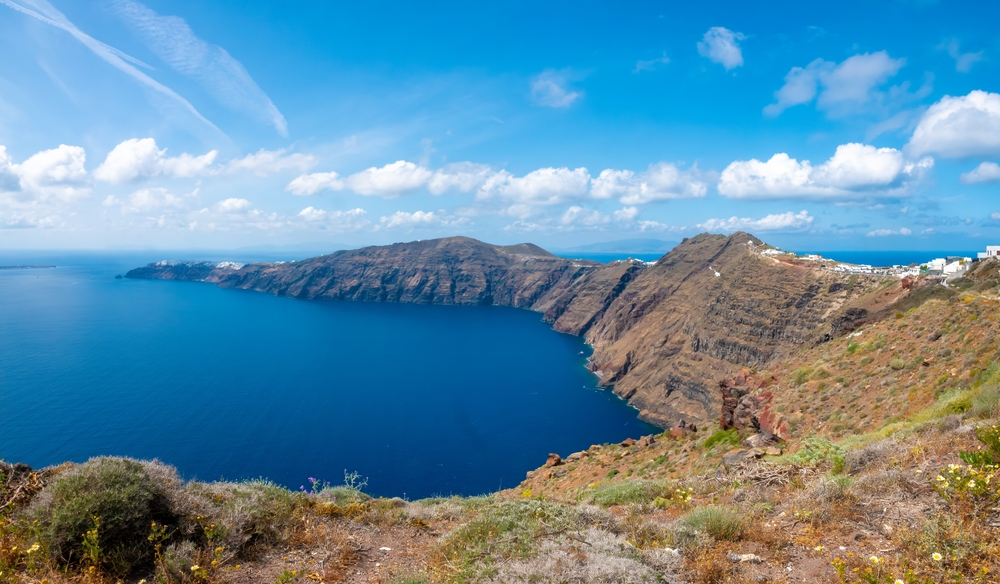
The stunning island of Santorini is more than just a picturesque getaway; it’s a caldera formed by a massive volcanic eruption. Known for its whitewashed buildings and blue-domed churches, Santorini is steeped in both beauty and history. The eruption that shaped the island is thought to have inspired the legend of Atlantis. Today, the caldera is a geological wonder that draws visitors from around the globe. While its volcanic past looms large, Santorini is a testament to renewal and resilience.
Santorini’s caldera offers breathtaking views and a unique glimpse into the island’s fiery past. The dramatic cliffs and azure waters create a landscape that’s as captivating as it is calming. Visitors can explore ancient ruins and vibrant villages, each offering a piece of the island’s rich tapestry. Despite its tumultuous origins, Santorini is now synonymous with romance and relaxation. It’s a destination where history, beauty, and luxury come together in perfect harmony.
